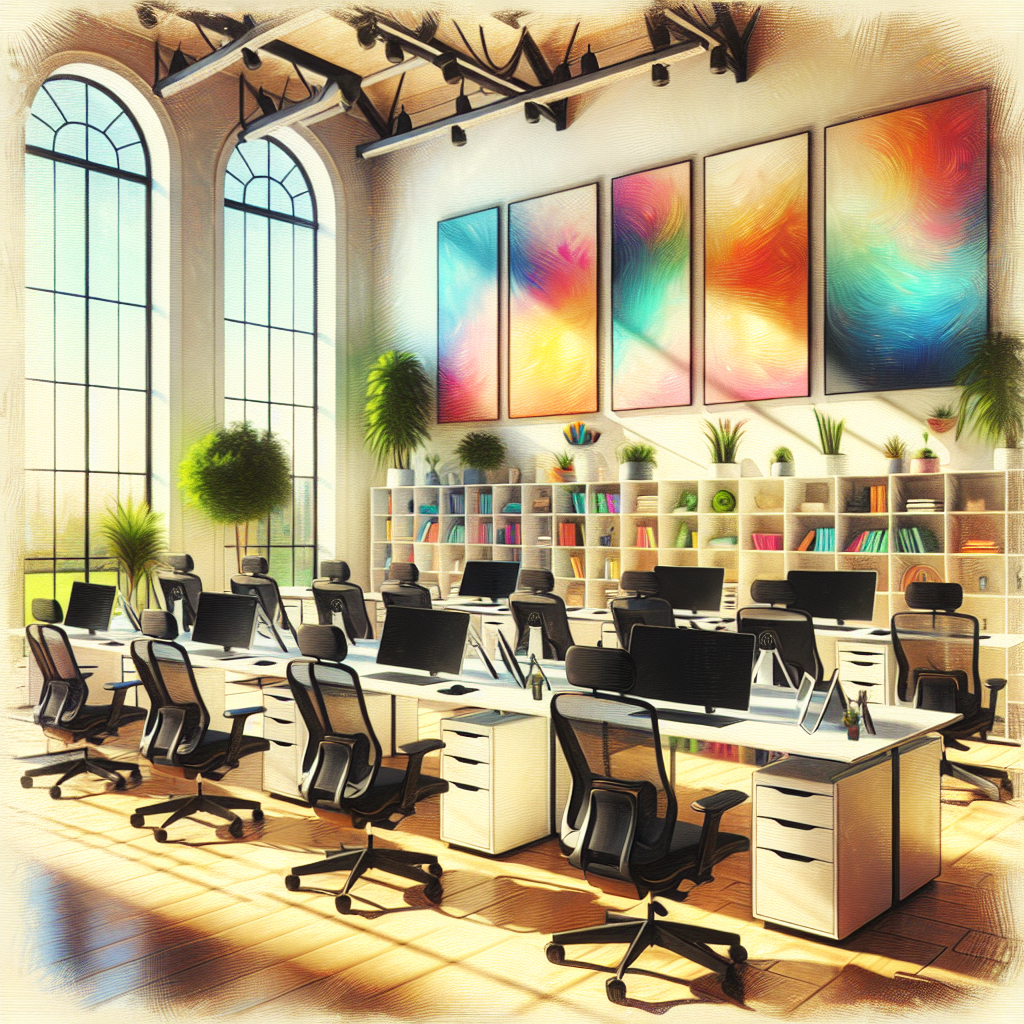Transforming the Future: The Modern Revolution in Workplace Design Trends
The Modern Revolution in Workplace DesignWorkplace design is a field that has undergone a significant transformation in recent years.
This shift has been driven by technological advancements, changing demographics, and evolving organizational structures.
Today, employees and employers alike understand the critical role that a well-designed office space can play in boosting productivity, enhancing creativity, and fostering a positive work culture.
One of the key trends today is the movement towards flexible workspaces. Companies are moving away from the traditional cubicle model, embracing open-plan offices, coworking spaces, and hot-desking. These designs are not only conducive to collaboration and innovation but also allow businesses to make better use of their space and adapt quickly to changes.

Alongside this, employers are increasingly recognizing the importance of natural light, greenery, and ergonomic furniture in workplace design.
Studies have consistently shown that such elements can significantly improve employees’ health, well-being, and productivity.
Consequently, many modern workplaces now feature large windows, indoor plants, standing desks, and other elements aimed at creating a more comfortable and healthier working environment.
Another trend that has emerged in recent years is the incorporation of leisure and relaxation areas into the workplace. Employers are realizing that giving employees the space and time to relax and recharge can actually boost productivity and job satisfaction.
Hence, many workplaces now feature lounges, games rooms, and even relaxation pods where employees can take short breaks and return to work re-energized.
Workplace design is also becoming increasingly tech-enabled.
Digital connectivity is a must in the modern office, but it’s not just about having a fast internet connection. Companies are incorporating technology in various ways, such as interactive screens for collaboration, smart lighting and temperature controls for improved comfort, and advanced security systems.
But it’s not just about the physical environment; workplace design also encompasses the cultural aspect. Today’s employees value a work culture that is transparent, inclusive, and supportive. As such, many companies are designing their workplaces to reflect these values, with spaces that encourage collaboration, communication, and mutual respect.
Moreover, with the rise of remote work, companies are grappling with how to design a workplace that caters to both onsite and offsite employees. Virtual meeting rooms, cloud-based collaboration tools, and other technologies are being used to ensure that remote workers feel connected and engaged.
In the face of these trends, it’s clear that successful workplace design today goes beyond aesthetics.
It’s about creating a space that is functional, flexible, and healthy, a space that fosters collaboration and innovation, and a space that reflects the company’s culture and values. Indeed, the modern workplace is less about the place and more about the people who work there.
Indeed, the future of workplace design looks promising.
As technology continues to evolve and our understanding of what makes a productive work environment deepens, it’s exciting to think about what the workplaces of the future might look like. But one thing is for sure: the importance of well-designed workplaces will only continue to grow.